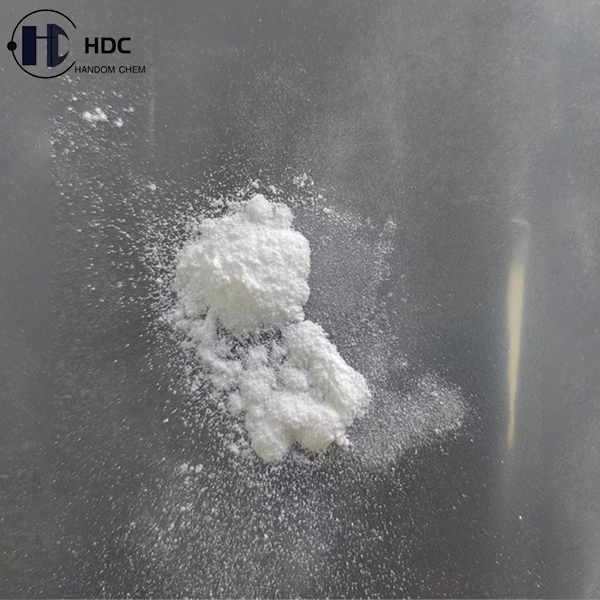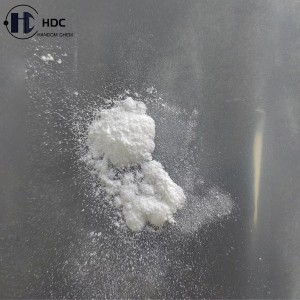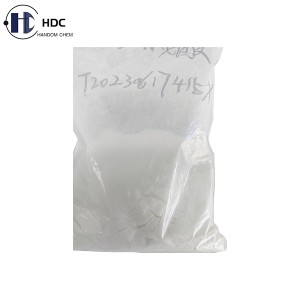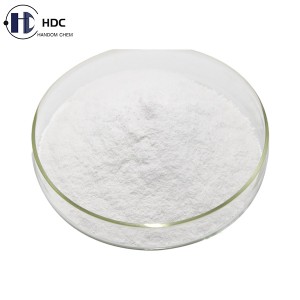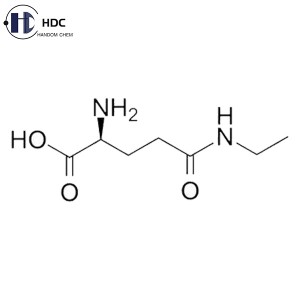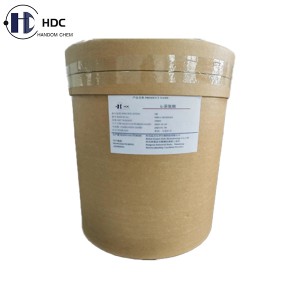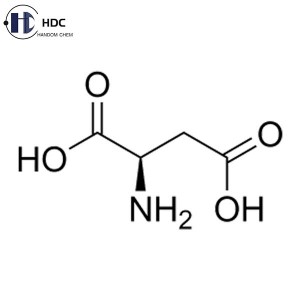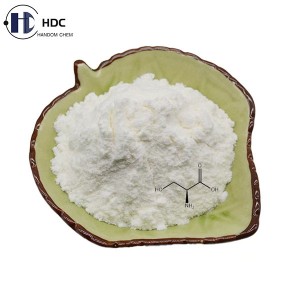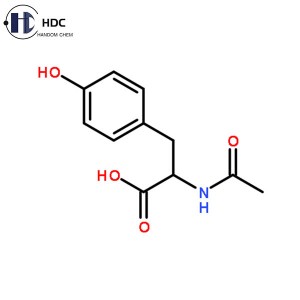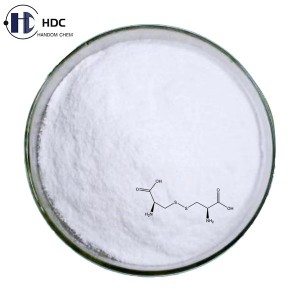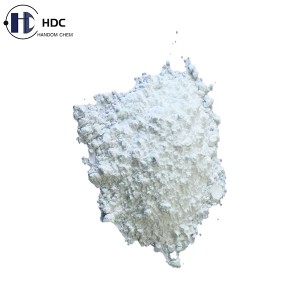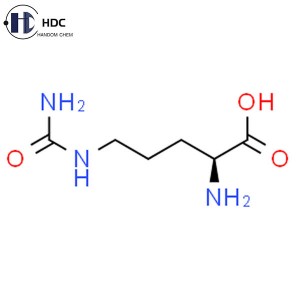L-Theanine
Brief Introduction:
L-Theanine, also known as N-ethyl-L-glutamine, which is a unique amino acid in tea. Its chemical formula is C7H14N2O3 and accounts for 1%-2% of the weight of dry tea.
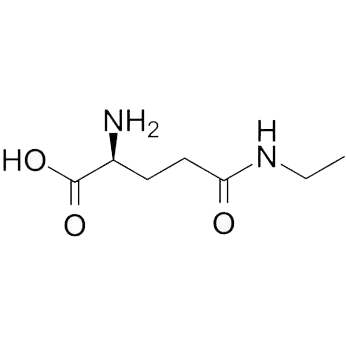
Specifications:
| Test Items | Specifications |
| Appearance | White or yellowish granular crystals or powder crystals |
| Identification | Meets the requirements |
| Specific Rotation [α]D20 | +7.7° to +8.5°(on the anhydrous basis) |
| pH Value | 4.5 ~ 6.0 |
| State of Solution | Not less than 98.0% |
| Chloride(Cl) | Not more than 0.02% |
| Sulfate(SO4) | Not more than 0.02% |
| Arsenic(as As2O3) | Not more than 1 ppm |
| Other Amino Acids | Not more than 0.5% |
| Loss on Drying | Not more than 1.5% |
| Residue on Ignition(Sulfated) | Not more than 0.10% |
| Heavy Metals(as Pb) | Not more than 10 ppm |
| Assay | 98.5% ~ 101.5% |
Effects:
1. Promote brain cell development: Theanine can promote the synthesis of phosphatidylcholine and enhance phospholipase activity, thereby promoting brain cell development and brain nerve function recovery, it can be used clinically to treat mild to moderate mental retardation and brain dysfunction in children;
2. Improve brain function: Theanine can promote the recovery of central nervous system functions, including enhancing motor function, sensory function, functional ability, attention, etc. Therefore, it can be used clinically to treat stroke sequelae, Alzheimer's disease, children's mental retardation, etc.;
3. Antibacterial: Theanine has strong antibacterial activity, has an anti-tuberculosis effect in vitro, and has antibacterial activity in the body, so it can be used clinically as an auxiliary treatment for tuberculosis infection;
4. Anti-inflammatory: Theanine has obvious anti-inflammatory effects and can be used clinically to treat chronic ulcers, rheumatoid arthritis and other diseases;
5. Other effects: Theanine can promote renal tubule repair, regulate renal tubule regeneration, etc., so it can be used clinically to treat chloasma caused by kidney disease, liver disease, etc.
Packaging:
1kg per aluminum foil bag, 25kg per fibre drum.
Storage Conditions:
Preserved in unopened original containers in a cool dry place before using; kept away from direct sunlight, heat and moisture.
Shelf Life:
24 months if stored under above mentioned conditions.


